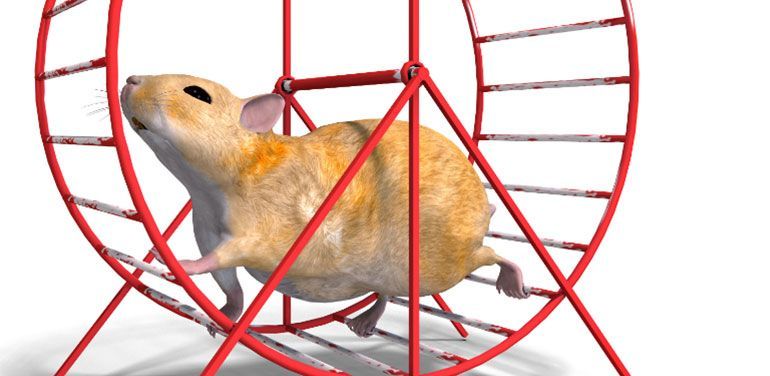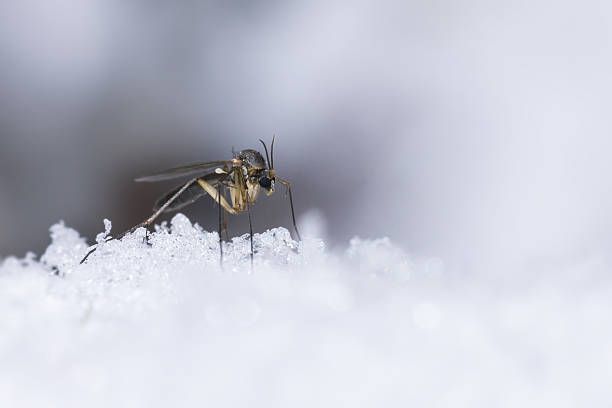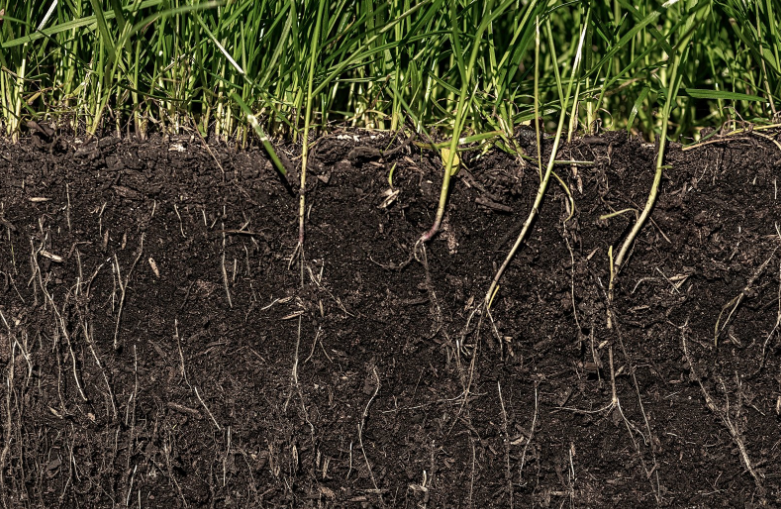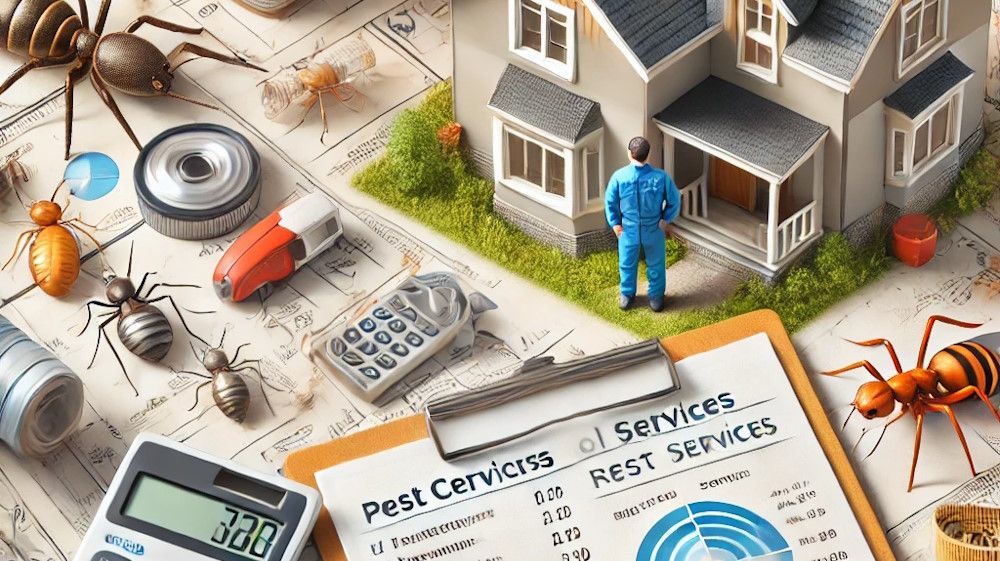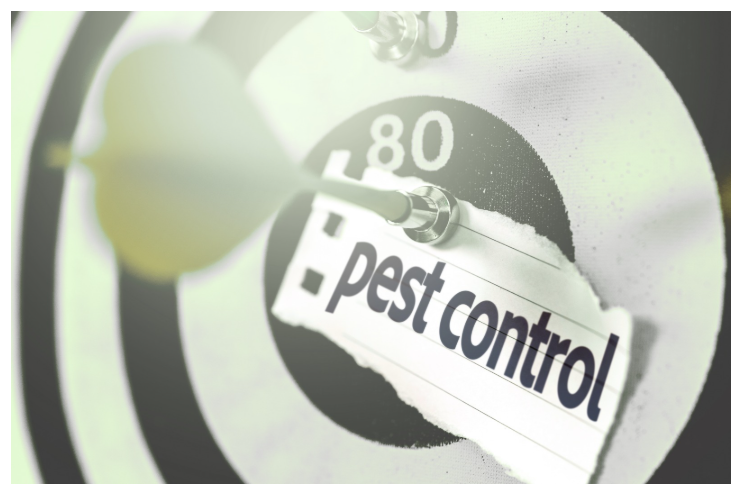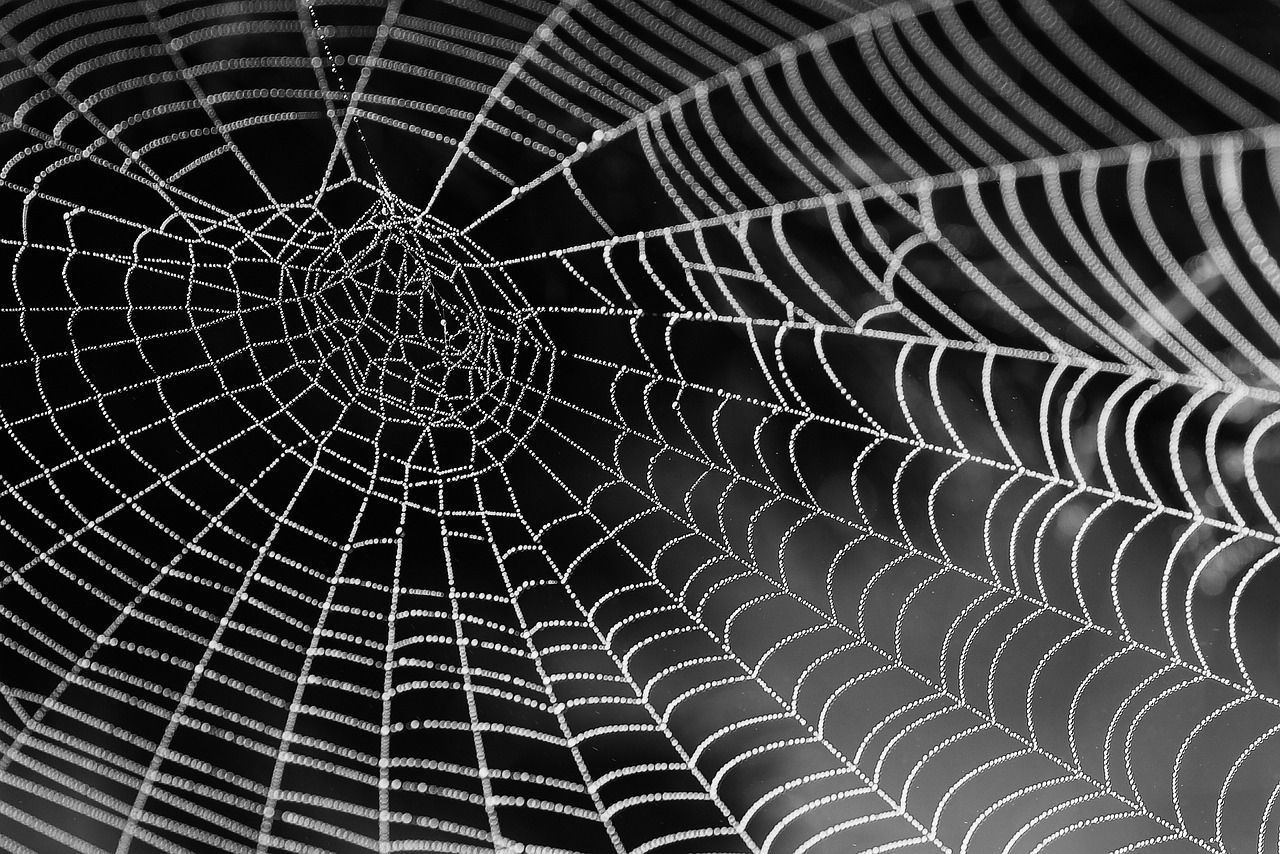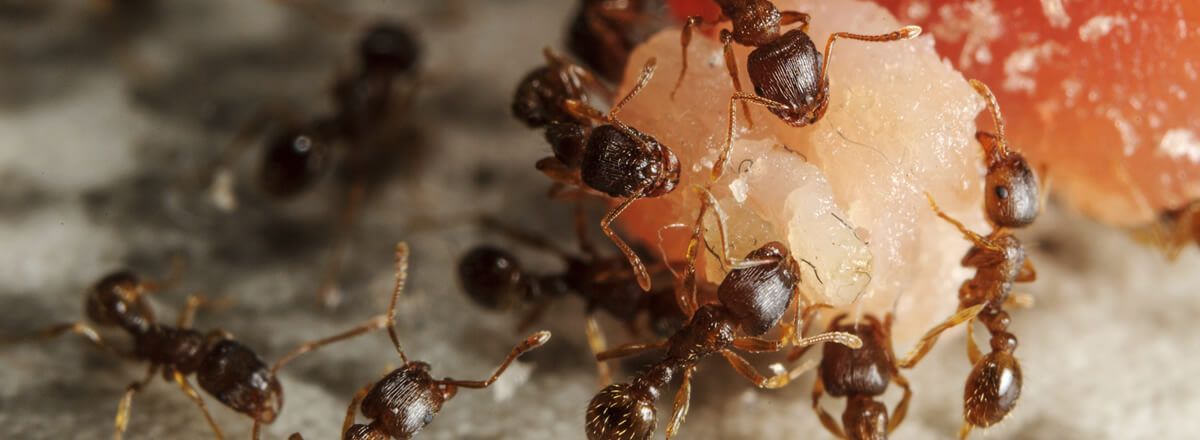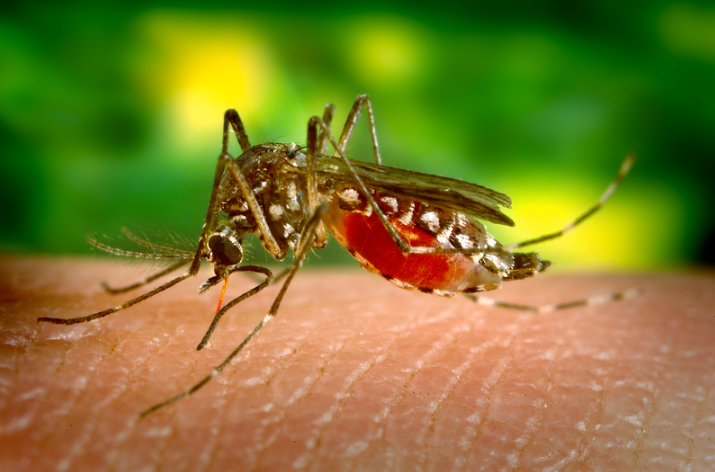Post Care Perfection: Turf, Trees and Landscape Beds
Protect your investment with simple post-care tips!
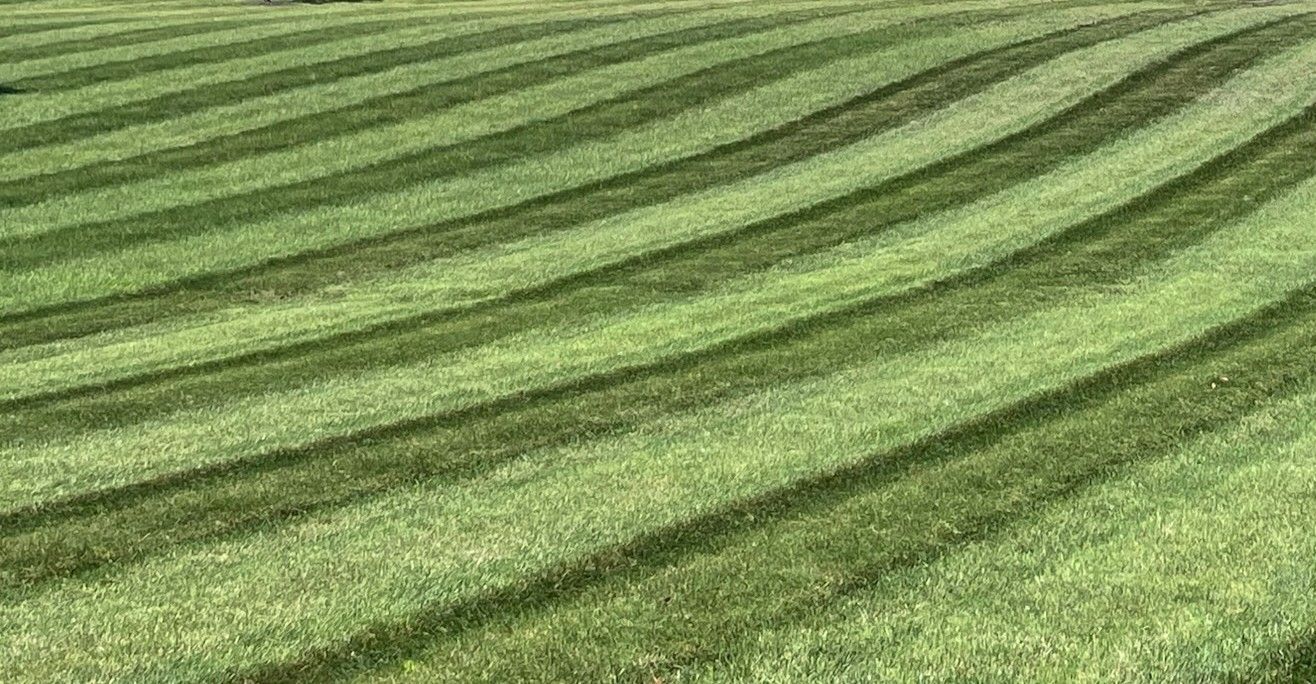
All plants/trees are living beings that can be affected by a multitude of factors before and after treatment including but not limited to watering, soil chemistry, and the weather. Typically, by the time we have been called in to look at a plant, the problem has already taken root and can sometimes take years to re-adjust. In some instances, the disease is a permanent resident and will need to be treated throughout the life of the plant.
Nutritional, fungal, insect, and stress diseases are very common, while bacterial and viral are less common but worth noting. All diseases have the potential to be of serious concern, but a combination of these can easily lead to a detrimental situation.
Nutritional: When spring comes most attention goes to the lawn. Fertilizer for turf grass is the first thing that comes to most people's minds when temperatures rise, winter fades, and spring is making a comeback. Landscape plants and trees are time and time again, neglected. Nutrients are just as important for all trees and plants as they are for grass. Absence of certain nutrients can severely affect the aesthetics of plants; others cause growth problems like insufficient root growth. There are 2 divisions of nutrients for plants, macro-nutrients and micronutrients. Macronutrients are the elements plants need on a large level; micronutrients are necessary on a smaller scale. Nitrogen, Phosphorus, and Potassium are macronutrients and are indicated by the 3 numbers on fertilizers (such as 18-24-12 or 21-7-14; in which the first number is Nitrogen, the second is Phosphorus, and the third is Potassium. Iron, Copper, Manganese, and Zinc are all micro-nutrients. A major factor in the availability of the micro-nutrients' availability to the plants is pH level (acidity/alkalinity). Different trees and plants favor particular pH levels and often cannot utilize these elements unless the acidity/alkalinity is within a certain range.
Fungal: Most easily noticed - a dead spot in the lawn, or that something is eating the roses, fungal disease can be more difficult to identify and easily go unnoticed. Symptoms get regarded to as "normal". Fungal diseases are lesser known by the general public, so it is often stated that these trees or plants are simply dying. Rhizosphera needlecast (spruces), Diplodia tip blight (pines), Scab (edible and ornamental fruit trees), and cedar/apple rust are quite common fungal diseases. Fungal disease is not always "curable", but suppression can have positive results.
Insects: Insects Common pests include, the borers (including the notorious Emerald Ash Borer, Bronze Birch Borer, and others), beetles (such as May/June beetles and Japanese beetles), aphids, ants, mites, and others. A bug or two on a plant or tree is not always a call for concern. Nature is full of many legged creatures that don't cause harm, and many are beneficial to the environment including the health of plants. On the other hand, in high numbers destruction can be sudden and severe. High numbers of certain insects are the major cause of the issue. Invasive insects typically lack natural predators; devastating populations periodically result. The emerald ash borer and more recently the spotted lanternfly are examples of these.
Stress: Stress is a leading cause of disease in all plants. The most desirable of plants and trees are exotic, rather than native. Native trees and plants are frequently considered as weeds. These exotic plants and trees may be in the correct climate zone but are certainly not in their natural environment. Amount of sunlight/shade, volume and frequency of precipitation, humidity, soil type, and pH (acidity/alkalinity) are a few of the variables that can put trees and plants under stress. Most of the variables can be adjusted or corrected to ease stress, which makes for more resilience and ability to ward off other diseases.
Your Solution: Fungi, insects, bacteria and viruses require 4 specifics in order to become disease: A pathogen, a susceptible host, the correct environment, and time. A major part in eradicating these diseases is to remove one or more of these specifics. Nutritional disease can be eliminated by supplementing the correct nutrients at the correct time and often correcting the pH (acidity/alkalinity) of the soil. Stress disease is solved by identifying the stress factor and, when achievable, adjusting to make the environment favorable to the tree or plant.
Throughout this process, we are a TEAM working together to treat your turf, trees and/or landscape beds to get them well-maintained, healthier, and beautiful. As The Green Advantage has its responsibilities, you as the customer and keeper of your plants also have responsibilities to help us help your plants! See below for specific recommendations for each type of plant that we may treat for you!
-Turf-
A well maintained lawn enhances the beauty of your property and services as a functional outdoor space for you and your family. Healthy lawns are more than just a boost in curb appeal; they also trap dust, reduce erosion, and improve the overall air quality. However, maintaining that lush green lawn requires a strategic approach for both you, as the Customer and The Green Advantage. Therefore, there are maintenance duties that the Customer is also required to adhere to:
1. Mowing Schedule - Most lawns require a mowing schedule of at least once a week, depending on the weather and water schedule. However, if your lawn is in a slower growth period, you can mow every week. In high growth times, you can mow 2 times a week. Cutting a lawn at the proper height and not removing too much of the plant in any single cutting is often neglected. This happens because most people don't know the proper height to cut at. This varies with the type of grass that is planted. Most cool season grasses (the kinds we see in NWI) need to be maintained at 3 to 4 inches and never remove more than 1/3 the height of the plant.
2.Watering Schedule - Most lawns require about 1 to 1.5 inches of water per week, whether it is from manual watering or rainfall (this is important to not discount the amount of rain the lawn is getting). Instead of watering every day, aim for less frequent but deep watering to help the roots grow deeper in the soil. This equates to about 30 minutes of watering 2 times a week. During a drought and/or summer months with little to no rain – 1 hour 15 minutes per week with a sprinkler system.
NOTE: If you overwater the lawn, you risk drowning your grass and allowing fungal diseases to grow. Watering it too little can make your lawn patchy and brown. It should also be noted not to use softened water on your lawn, trees, or plants!!
-Trees-
WATERING – DO NOT use softened water on trees or plants!!
New Trees (1-3 years old): Water new trees for the first three years after planting at 10-15 gallons of water 2-3 times per week if there is no rainfall. •Prioritize watering trees growing in full sun, in limited soil space or adjacent to heat-absorbing surfaces like sidewalks and driveways Always check to see if your trees need water by using a garden trowel and dig a few inches into the soil surrounding the base. If the soil is moist, you are good, if it is dry, water it •Try to apply water either early in the morning or in the evenings to avoid water evaporation from the sun's rays Add a layer of mulch around the base of the tree. This also reduces the amount of water evaporation
Established Trees: Water established trees during dry spells or droughts. ·Prioritize watering trees growing in full sun, in limited soil space or adjacent to heat-absorbing surfaces like sidewalks and driveways Always check to see if your trees need water by using a garden trowel and dig a few inches into the soil surrounding the base. If the soil is moist, you are good, if it is dry, water it •Try to apply water either early in the morning or in the evenings to avoid water evaporation from the sun's rays Add a layer of mulch around the base of the tree. This also reduces the amount of water evaporation
Sprinkler Method: DO NOT USE SPRINKLERS ON YOUR TREES - this can lead to root rot and a host of other issues for the tree and its roots. Hose Method: Place a hose a foot or so from the base the of the trunk of the tree and run it at a trickle for 30 minutes, moving it around the tree every 10 minutes. This is to ensure water does not run off the surface too quickly before it can reach the roots
Bucket Method: If you do not have a hose or your hose does not reach your trees, you can also use a 5-gallon bucket. Fill the bucket and SLOWLY pour the water to the base of the tree allowing it to fully soak into the soil. Repeat this two more times for a total of 15 gallons per tree. CAUTION: Dry soil conditions can cause direct damage to tree roots. The roots become dry and nonfunctional, causing water and nutrient deficiency to the trees. Trees that are stressed by drought are less hardy making them more susceptible to pests, diseases, extreme weather conditions, root rot, etc.
MULCH: Adding mulch around the base of the plant/tree is an integral part of maintenance for your plants and trees. Mulch provides a favorable environment for the trees' roots. It also allows for better water infiltration, holds soil moisture and limits weed growth. It also discourages injury from lawnmowers and weed whips. Here is how to apply mulch: Apply a 2-to-3-inch layer of mulch and spread to at least a 3-foot diameter circle around the tree. DO NOT pile mulch up against the trunk. Pull the mulch at least 4 inches away from the trunk. Plastic liners under the mulch are NOT recommended, as they can cause roots to suffocate. Organic mulch such as wood chips, pine needles, hardwood, and softwoop bark are good options. Each type of mulch will decompose at different rates and need to be replenished as it decomposes.
-Landscape Beds-
WATERING – DO NOT use softened water on trees or plants!!
New plantings should be checked for water daily for the first 6 weeks (a month for summer plantings), then every other day thereafter for the first growing season. Keep in mind that this is only the frequency for checking moisture, NOT how often to actually water - too many factors come into play to follow a single watering schedule. Note: Consider natural rainfall in your calculations, too.
Watering Schedule for Landscape Beds: Established Shrubs should be watered every 7 to 14 days with 1 to 1.5 inches of water. A good way to check the moisture in the soil is to check with your finger 1 to 2 inches into the soil and see if the ground is moist. If it is, you do not need to water. If it is dry, you will need to water Vegetable and Flowers in your landscape beds should get watered 1 to 1.5 inches of water once a week. Again, please remember and consider rainfall.
NOTES TO KEEP IN MIND:
Soil Types - Sandy soil may need more frequent, lighter watering than clay soils.
Plant Types - Different plants have different water needs; consider the types of plants in your landscape beds.
Climate - The amount of water your plants need varies depending on the temperature and humidity of our environment.
Mulch - A layer of mulch helps retain soil moisture, meaning you will need to water less often
